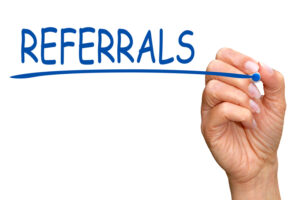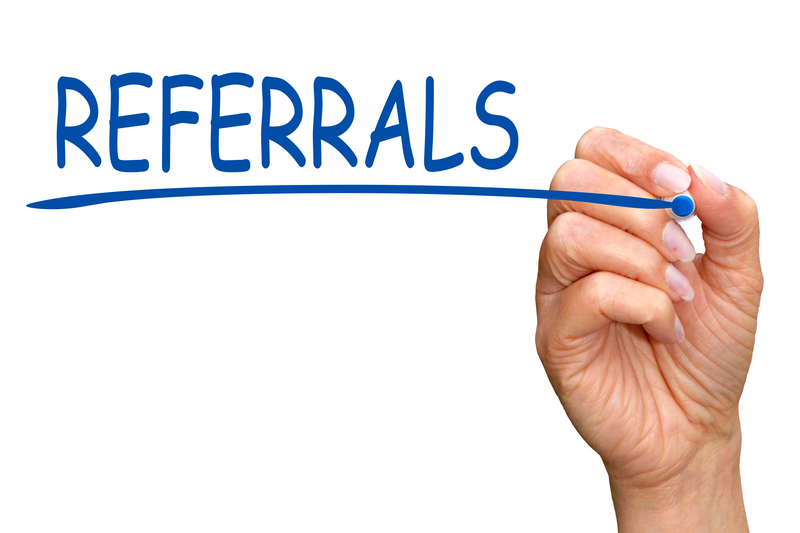 Last summer, RecruitingDaily contributor Alan Henshaw asked a great question: Why don’t organizations develop more creative ways for rewarding employees who make candidate referrals?
Last summer, RecruitingDaily contributor Alan Henshaw asked a great question: Why don’t organizations develop more creative ways for rewarding employees who make candidate referrals?
It’s a great question, because in my book, even an imperfect referral program is usually a better recruitment tool than just about anything else you can come up with.
How much better is it? Fast Company magazine recently wrote about how Ernst & Young may need to hire upwards of 15,000 people in the next year. E&J knows about the power of referral, and back in 2010, reported that they made up nearly 30 percent of the company’s hires.
But now, with so much more pressure to hire, Ernst & Young is counting on referrals to be the source of half — yes, 50 percent — of its hiring needs. That’s a huge number that most organizations can only dream of.
Here’s why referrals really work well
Dan Black, Ernst & Young’s recruiting leader for the Americas, is very specific about why employee referrals are such a strong source of hire for them:
Referral candidates perform better and stay longer. In fact, external research has shown that referred workers are up to 30 percent less likely to quit and have substantially better performance on high-impact metrics. Other studies indicate that even so-called “weak” connections are likely to lead to placement and better job outcomes.”
 And E&J is putting some big money behind their referral program; they paid out more than $8 million in referral bonuses during the 2016 fiscal year. That’s a significant number, and it shows that the organization is clearly focused on getting the right people on board — and is willing to pay what it needs to in order to get that done.
And E&J is putting some big money behind their referral program; they paid out more than $8 million in referral bonuses during the 2016 fiscal year. That’s a significant number, and it shows that the organization is clearly focused on getting the right people on board — and is willing to pay what it needs to in order to get that done.
But as we all know, referral programs aren’t perfect. Liz Ryan wrote about this in Forbes, and she made this point:
An employee referral program is a flame-y idea. When I say “flame-y,” I mean that a successful employee referral program has a lot to do with trust and good feeling. There are mechanical aspects to the program, of course, but they are less important than the less measurable but more high-impact factors in your program’s success.
Simply stated, if the employees don’t feel good about the place, they’re not going to subject to their friends to the environment. What kind of friend does that?”
One way you can game your recruiting system
Here’s my take: You always make better hires when you can learn more about the candidates (aka, potential employees) and referrals from your current employee base is really the best way to do that.
Yes, referrals are always a great way to get new employees who will be a good fit with your workforce. As my good friend Gerry Crispin, who annually publishes the Career XRoads Source of Hire report, said about referrals back in 2013:
Referrals are one way U.S. candidates can game the system no matter what other source they rely on to find and apply for jobs. In the U.S., a referred candidate must be considered by a recruiter and Applicant Tracking Systems and other technologies help to both highlight and prioritize candidates who enter this way.
Candidates are learning this from career coaches. Networking is now much easier due to LinkedIn, Facebook, Twitter, etc. Anyone can easily find a connection who went to same school, same industry, etc., so social changes it again.”
If you aren’t leveraging employee referrals to the fullest, you’re probably short-changing your company’s recruiting efforts. When it comes right down to it, referrals simply can’t be beat for delivering high quality candidates that can improve the overall quality of your workforce.
If you aren’t getting at least 25-35 percent of your hires this way, you’re simply hurting your organization and ensuring that your recruiting will be a lot more costly, and time-consuming, in the months and years to come.
Authors
John Hollon
John Hollon is managing editor at Fuel50, an AI Opportunity Marketplace solution that delivers internal talent mobility and workforce reskilling. You can download the research reports in their Global Talent Mobility Best Practice Research series at Fuel50.
Recruit Smarter
Weekly news and industry insights delivered straight to your inbox.





